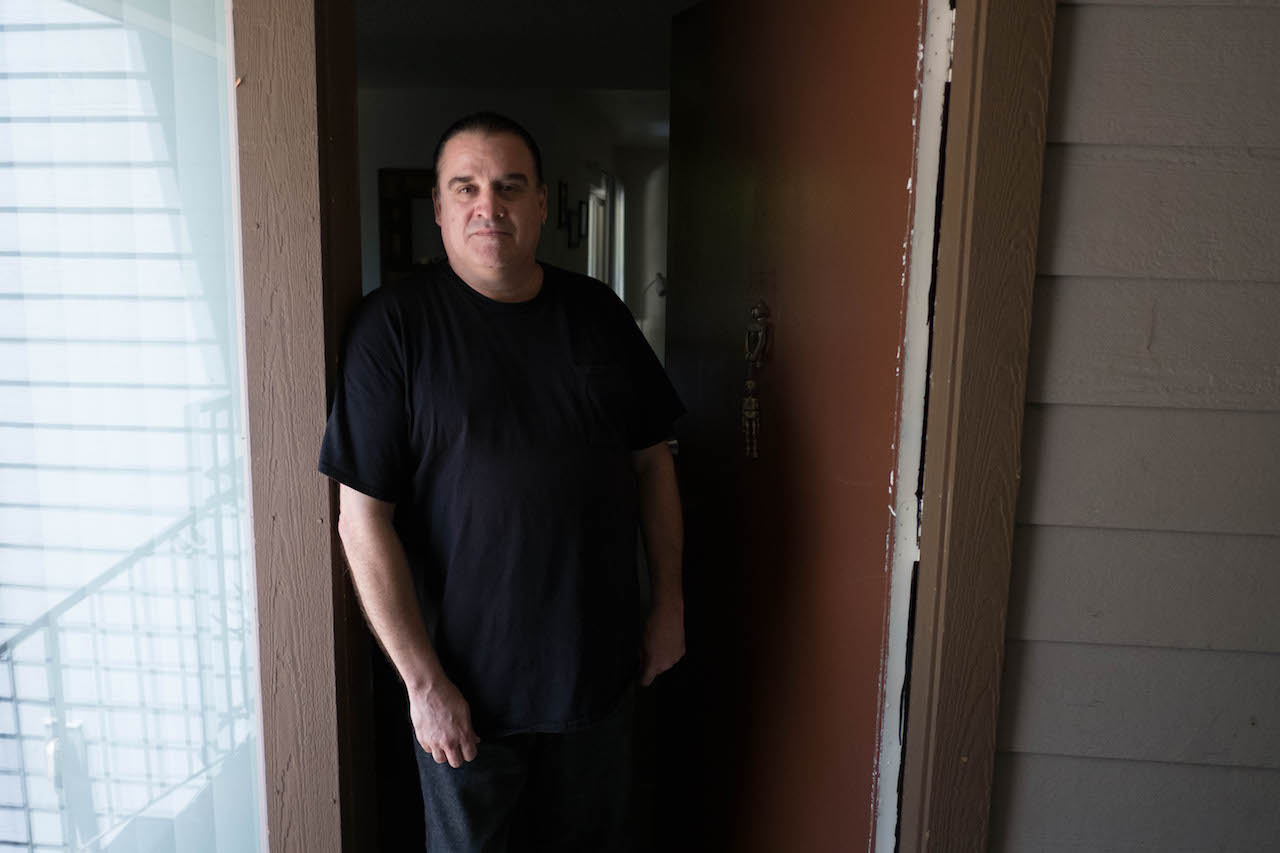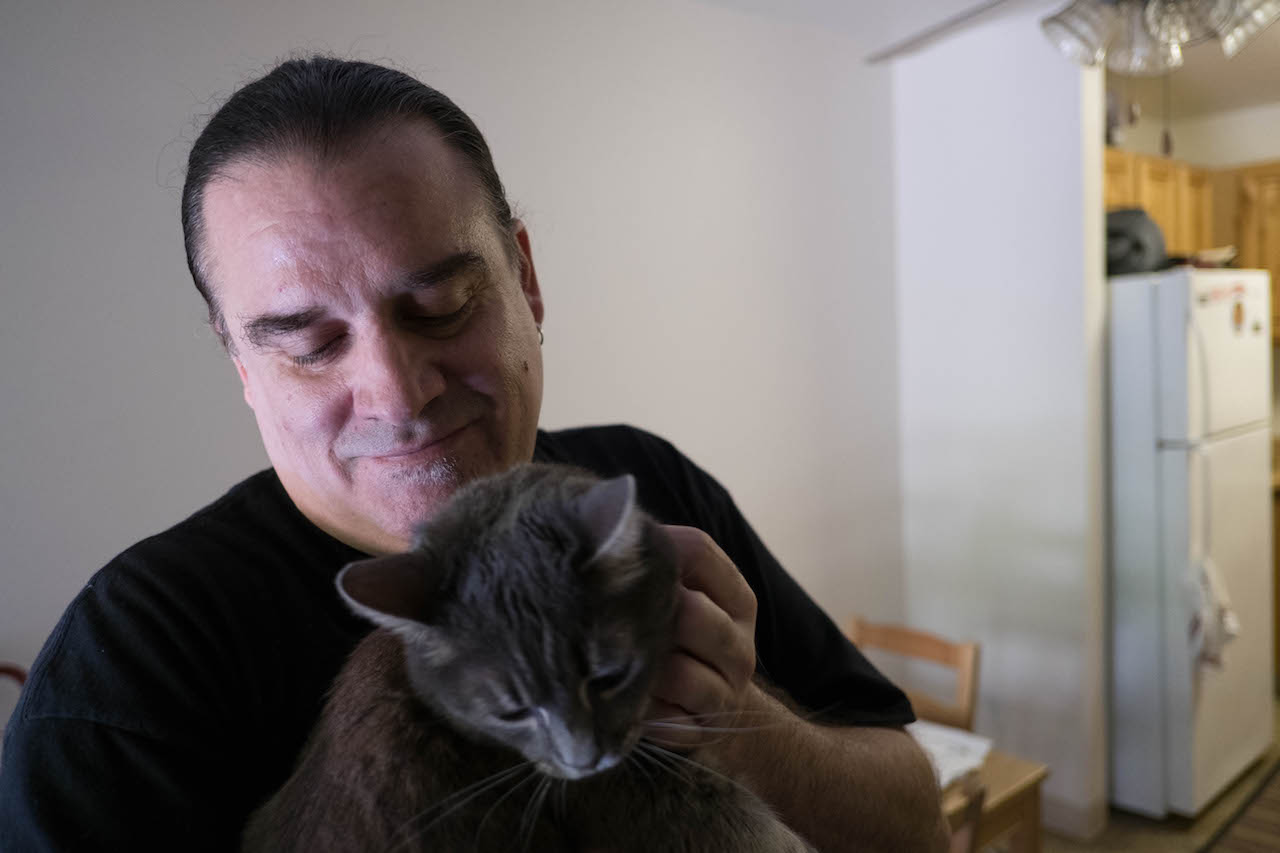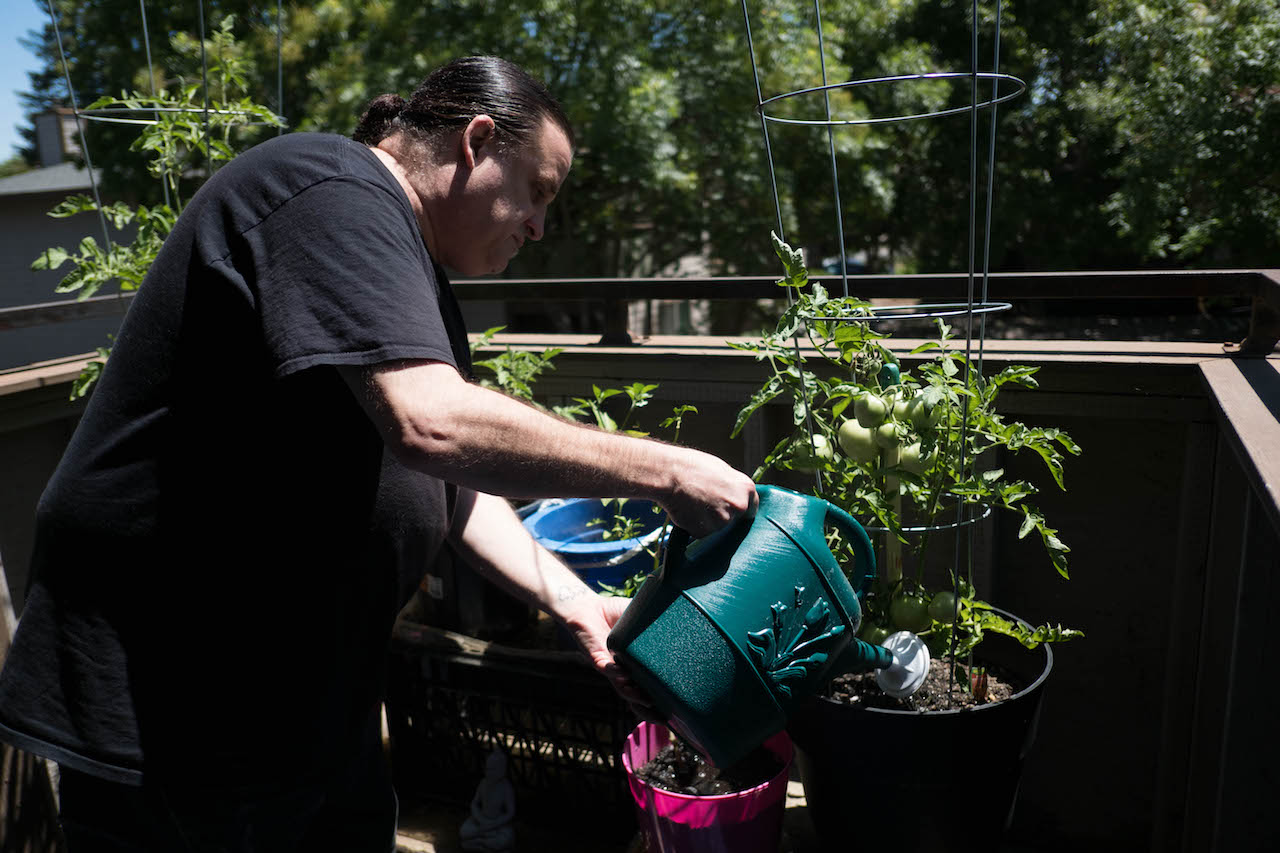Without This Housing, I’d Be Dead
Hospitals are stepping in to help Sacramento’s homeless residents. Will it make a difference?
by Pauline Bartolone and Kaiser Health News
During the five years Tony Price roamed the streets and dozed in doorways, the emergency rooms of Sacramento’s hospitals were a regular place for him to sleep off a hard day of drinking.
“A lot of times I would pass out, and then I'd wake up in the hospital,” said Price, 50.
About two or three times a month, Price would show up at a local emergency department. Sometimes doctors hydrated him with intravenous fluids and sent him on his way. Other times, they kept him for a night or two.
“I'm kind of ashamed to say this, but sometimes it was just cold, and I [was] drunk,” Price said. “I just want[ed] to be warm and safe.”
Hospitals in Sacramento and around the country want to get people like Price off the streets, to improve their health and minimize unnecessary visits to the ER. Doing so, they say – and numerous studies confirm – will reduce wasteful health care spending. That’s why many hospitals are stepping outside their role as medical providers to invest heavily in housing for homeless people.
Dignity Health’s “Housing With Dignity” initiative got Tony Price into an apartment, paid his rent for four months and set him up with a social worker who helped him become eligible for permanent housing.

Such efforts by Dignity and other hospital groups also help them meet their obligations as tax-exempt nonprofits. In exchange for considerable tax breaks, nonprofit hospitals must provide health services or other community benefits to the poor.
A rising number of hospitals nationwide have invested in housing programs in recent years, from Florida to Chicago and further west. In Oregon, five hospital systems invested in a $21.5 million project last year to build nearly 400 units for homeless people.
In Northern California, Sutter Health earlier this year launched an ambitious $30 million campaign to end homelessness in Sacramento and two adjacent counties.
The hospital industry’s growing engagement in housing follows two decades of research that shows putting roofs over the heads of homeless people – who frequently have severe health problems – can reduce unnecessary medical costs, said Sarah Hunter, a researcher at Santa Monica-based Rand Corporation.
“There’s pretty good evidence that it’s more cost-effective to provide housing with supports than have these people live on the streets and just cycle in and out of emergency rooms and in-patient stays,” Hunter said.
A 2002 study showed that providing housing and supportive services, to more than 4,600 mentally ill homeless people in New York City dramatically reduced their presence in hospitals, shelters and correctional facilities.
The hospital industry has not tracked how much money it has invested in housing in recent years. But the Corporation for Supportive Housing (CSH), a national lender and promoter of housing development for homeless people, says health systems have given $75-$100 million to projects it has embraced over the past five to seven years.
Health insurers are starting to invest in housing, too.
Finding Long Term Solutions
Dignity and other Sacramento hospitals have long funded “respite” programs that shelter homeless people for a few weeks after their hospital stays, but the goal of “Housing With Dignity” is to keep them from being homeless again.
The program is tiny. When it started in 2014, it served just five clients at a time on a budget of $150,000 a year. Now it houses 12 formerly homeless people at any given time, with financial assistance from the insurer Health Net.
The vast majority of the estimated 3,665 homeless Sacramento residents counted in 2017 will never get the services provided by Dignity Health. But Dignity says ending homelessness is not the ultimate goal of its program.
Ashley Brand, Dignity’s director of community health and outreach, said the program is helping address the hospital chain’s longstanding challenge of ensuring that homeless patients get follow-up care after they’re discharged.
“Our hope is [that] dependency on the hospital services will be reduced,” said Brand. “Patients are actually getting the care they need in the appropriate setting outside the hospital walls.”
The program achieved dramatic results for 16 patients it served before its recent expansion, cutting hospital stays in half and reducing the number of days they spent in the hospital by nearly two-thirds.
Sutter Health has committed to raising $20 million dollars from public and private investors to help pay for its effort to end homelessness in the region. It’s also throwing in $10 million of its own money, in part to satisfy the community benefit obligation that allows it to receive tax breaks as a nonprofit.
Sutter executives said that after years of investing in programs serving smaller groups of homeless people, they wanted to take a more ambitious approach.
“We can continue to put dollars in again for programs that serve 200 people,” said Keri Thomas, vice president of external affairs for Sutter Health/Sacramento Valley Area. But there would always be 200 more homeless people the next year and the year after that, unless the hospital system made a bolder push to prevent people from ending up on the streets, she said.
So far, Sutter has matched investments by local governments to buy housing, pay rent and provide social services for homeless people.
“We're kind of building the plane as we fly it,” said Thomas. “If it isn't 100 percent successful, hopefully we've inspired people.”
The recent financial commitments by health systems such as Sutter and Dignity can make a big difference in ending homelessness one person at a time, said Joan Burke, director of advocacy for Loaves and Fishes, Sacramento’s largest homeless shelter. But to tackle the problem systematically, “we have to have enough [investments] to meet the size of the problem,” she said.
“That involves addressing the housing crisis in California,” Burke said. “I don't know if just health care attention and resources is enough to resolve that.”
Tony’s Next Phase

No matter how many times Tony Price visited Sacramento hospitals while he was living on the streets, he never got well. His diabetes was uncontrolled, he repeatedly lost the drugs he was taking for anxiety and depression and, he says, he regularly drank himself into “oblivion,” sometimes consuming as much as half a gallon of vodka a day.
It wasn’t until Price tried to commit suicide in 2015 and spent a week recovering at Dignity Hospital that things began to turn around.
Because he had been in the hospital so frequently during the preceding months, Price qualified for the services offered by “Housing with Dignity”, which put him into a one-bedroom apartment in Sacramento’s sprawling North Highlands neighborhood in May 2015 and assigned him a social worker, Chris Grabe, who drove him to medical appointments.
Grabe later moved Price to a federally-funded permanent housing program, which pays his rent of $806 a month and enables Grabe to continue checking in on him. Price now lives on a monthly food stamp allowance of under $200, and the $209 a month he receives in general assistance from the county. He had already signed up for Medi-Cal while he was homeless.


He has been off the streets for nearly two and a half years, and he’s been to the hospital only once since January. But his adjustment to apartment living has not been easy. Price had lived eight months in his new apartment before he quit drinking.
“I had one scare here where I was so drunk, I was outside yelling at people that I was going to shoot somebody,” Price recalled. “I completely trashed my apartment and I got arrested in my shorts.”
Grabe has stuck with him through the rough spots. As part of its “Housing First” philosophy, Dignity Health will house the most frequent users of its hospitals, even if they have a substance abuse problem or a criminal record.
Tony still struggles with anxiety, which sometimes prevents him from leaving the house and is one reason why he’s trying to qualify for disability payments. But having stable housing put him on the path to sobriety, and allowed him to focus on activities beyond meeting everyday needs. He now gardens, and he recently volunteered at a church and as a leader of an Alcoholics Anonymous group.
“Out there, you have to think about yourself,” he said of his life on the streets. Now, “I don't need to be in survival mode.”
This story was produced in collaboration with Kaiser Health News.
Explore more community voices, learn about upcoming events or tell us what you think.